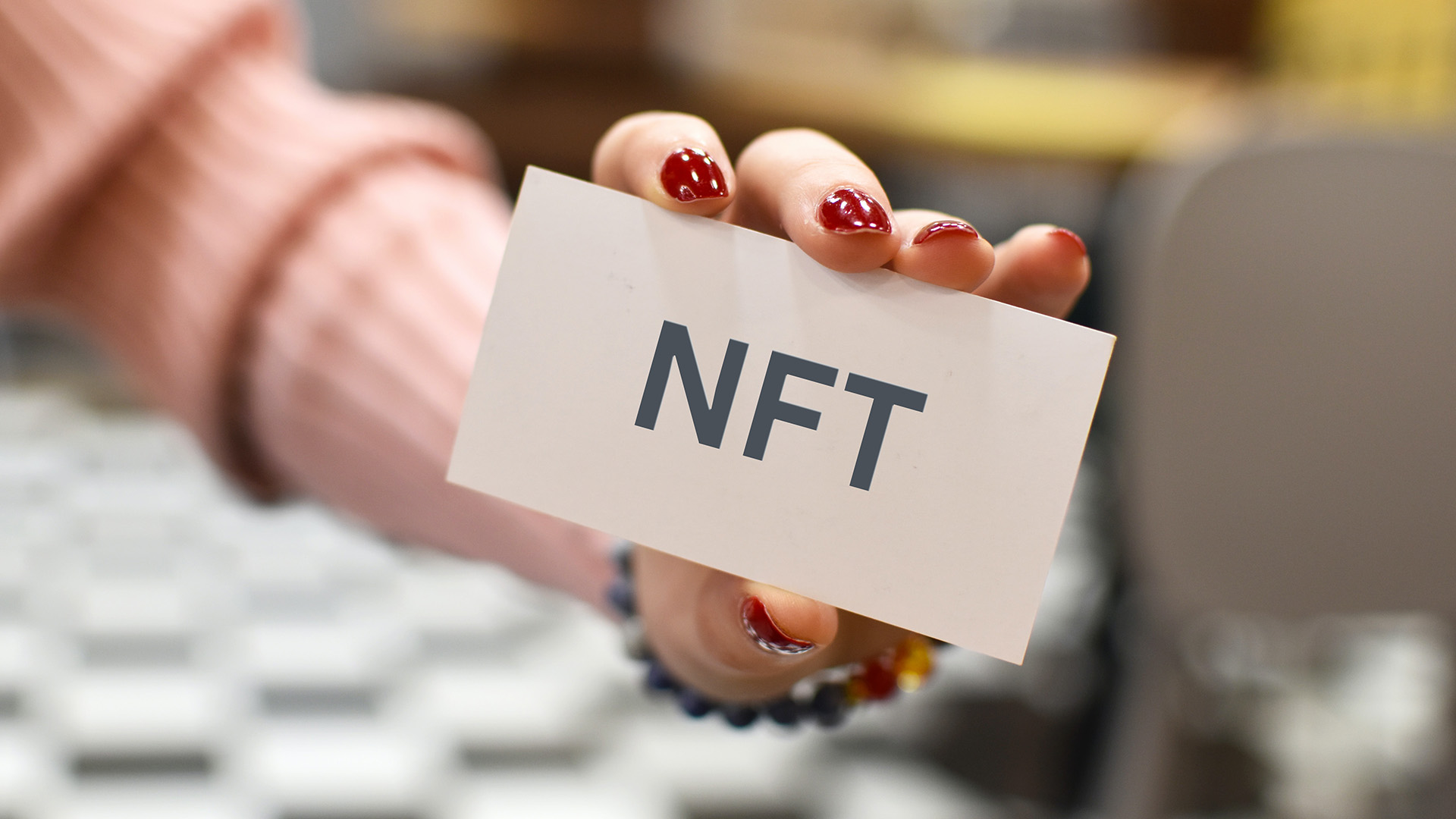 Roughly 100 days ago, Google launched a new social network, Google+, and, after gaining 40 million registered users in an amazingly brief time, they have now taken it to the next level by launching Google+ Pages. These are roughly the equivalent of Facebook pages, and they’re open to anything nonhuman — brands, companies, organizations, publications, TV shows — you name it.
Roughly 100 days ago, Google launched a new social network, Google+, and, after gaining 40 million registered users in an amazingly brief time, they have now taken it to the next level by launching Google+ Pages. These are roughly the equivalent of Facebook pages, and they’re open to anything nonhuman — brands, companies, organizations, publications, TV shows — you name it.
Why Register?
As a defensive measure, it’s critically important for anyone who has anything invested in a name — whether it be a trademark or any other type of identity they want to protect — to register that name very quickly, since anyone on Google+ has the capability to do so. Remember, if someone else claims the name, they can infringe upon or create confusion related to company and brand names and other intellectual property.
- However, beyond just protectively staking a claim, there are some other rather important reasons for clients to register:Search Leverage: Google+ is seamlessly integrated into Google’s search engine, which remains far and away the most popular search engine on the planet. If a company is registered with Google+, it’s much more likely to be found through Google than if it only has a presence on other social networks.
- Direct Connect: Google+ has introduced Direct Connect, which means that any searcher can find a brand, name or other entity on Google+ by adding a plus sign to the beginning of the search term. Doing this will immediately direct users to that Google+ page being searched for. In practice, this means that social content will be efficiently indexed and therefore easily found by people who search on Google, which means most of the world.
- App Connectivity: Google+ is now seamlessly connected with other Google apps, including Gmail, Google Docs, Google Calendar, etc. This means that any organization that uses Google apps on an enterprise level is now integrated via a social network that immediately taps into its entire enterprise system. If companies didn’t previously have an enterprisewide social network, they do now. All companies need to do is register for a Google+ page and encourage all of their employees to register for the network as individuals, making sure to add their company affiliation, and boom — it’s a companywide social media source.
- Ease of Content Sharing: Since Google+ is brought to you by the same Google that owns YouTube, Picasa, Blogger, Google Maps and more, much of the content users already have on the Web — videos, photos, blog text and map, location, and directions data — will also be seamlessly drawn into Google+ social profiles and easily pushed out to social circles.
One more interesting detail: While Google+ is inviting nonhuman entities to create pages full of branded content, the network remains ad-free for regular users. There’s no targeted marketing and contextual advertising based on the relationships and tastes revealed in a person’s conversational history. This ensures that Google+ remains a truly social network, and that the people who come to a company’s page can carry more weight than those that are surrounded by advertising.
Who’s There Now?
When Google+ Pages launched earlier this week, the network featured an inaugural coterie of brands and organizations that had been invited to participate in advance to show the rest of the world the possibilities. Here’s a handful of examples from that first group, which have already been joined by thousands more in the past few days:
- All American Rejects
- Anderson Cooper 360Angry Birds
- Barcelona Football ClubBurberry
- Dallas CowboysGood Morning America
- H&M
- Macy’s
- ModellandThe Muppets
- PepsiPhoenix Suns
- Save the ChildrenSpecial Report with Bret Baier
- TrainWWE
- X GamesZen Bikes
How Does a Company Register?
Registering for Google+ and creating a page takes mere minutes. Social media strategy, content and contacts are critically important to do right, but these elements can be added later. The most important step for companies and brands to take now is to register. To do so, simply navigate to this page and follow the prompts.
Important note: When registering, make sure you don’t use your personal Google account to create a company page if it is not your company. Doing so will tie the company page to your account, and that’s not likely to be the desired result.


